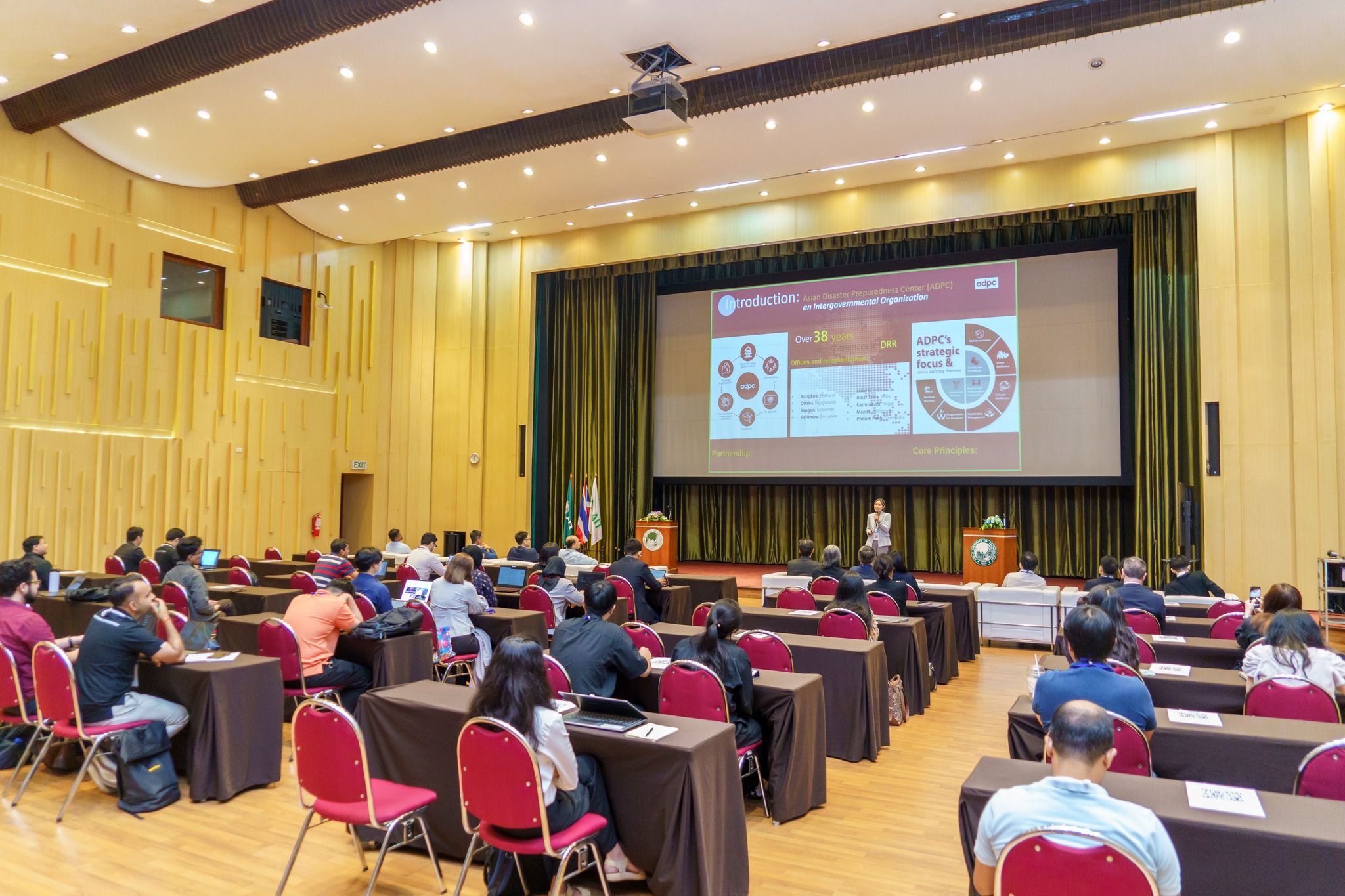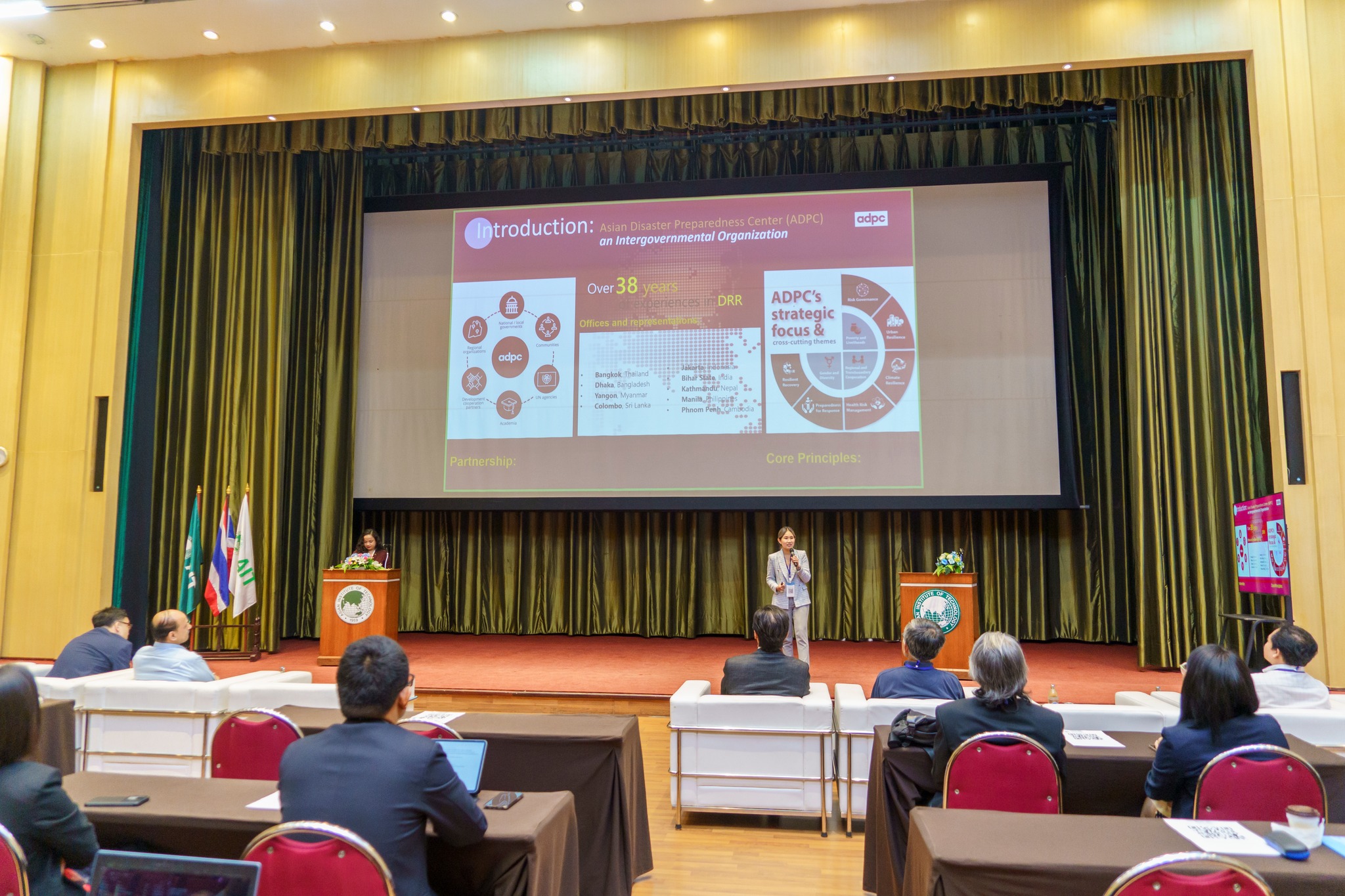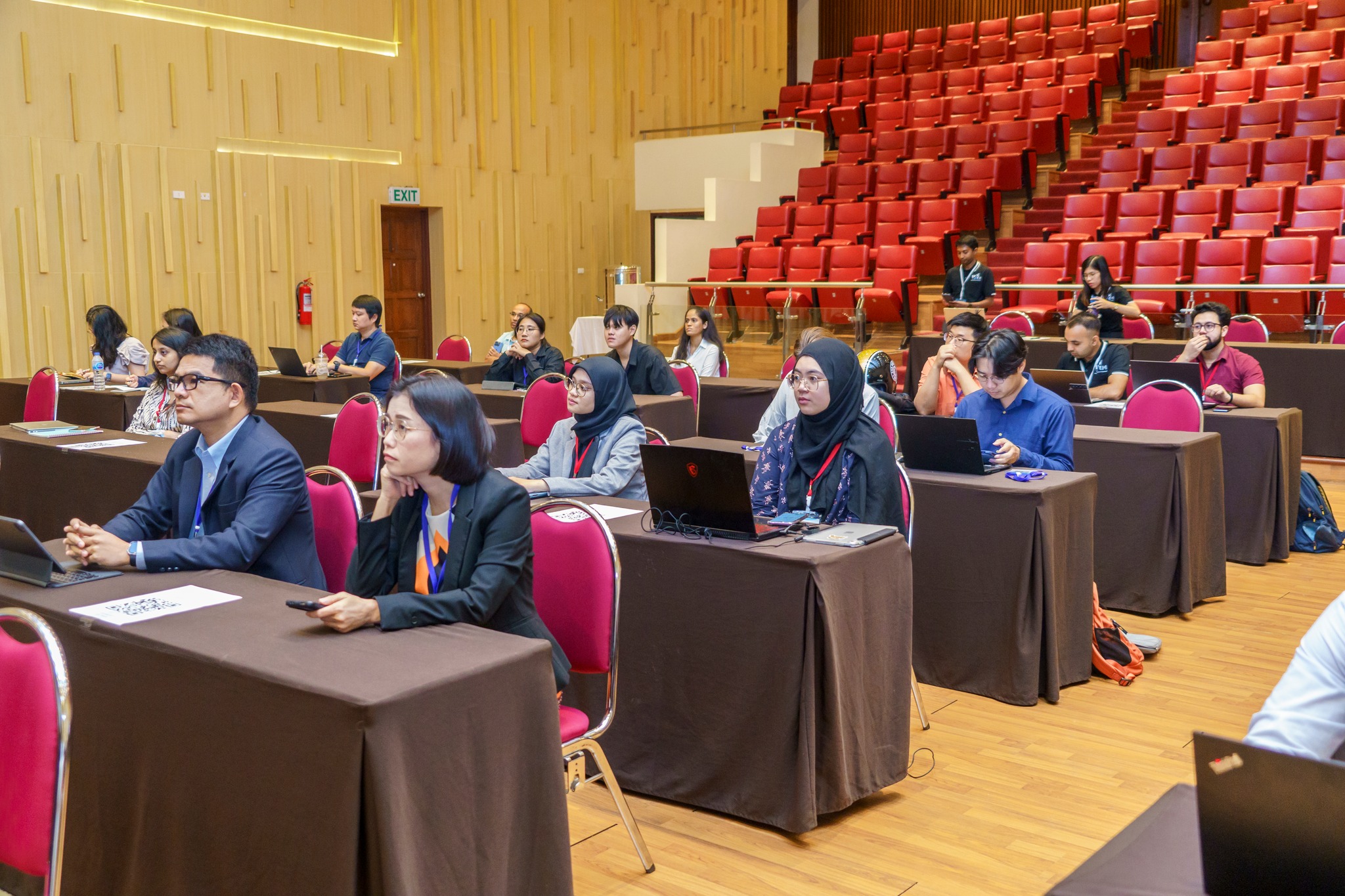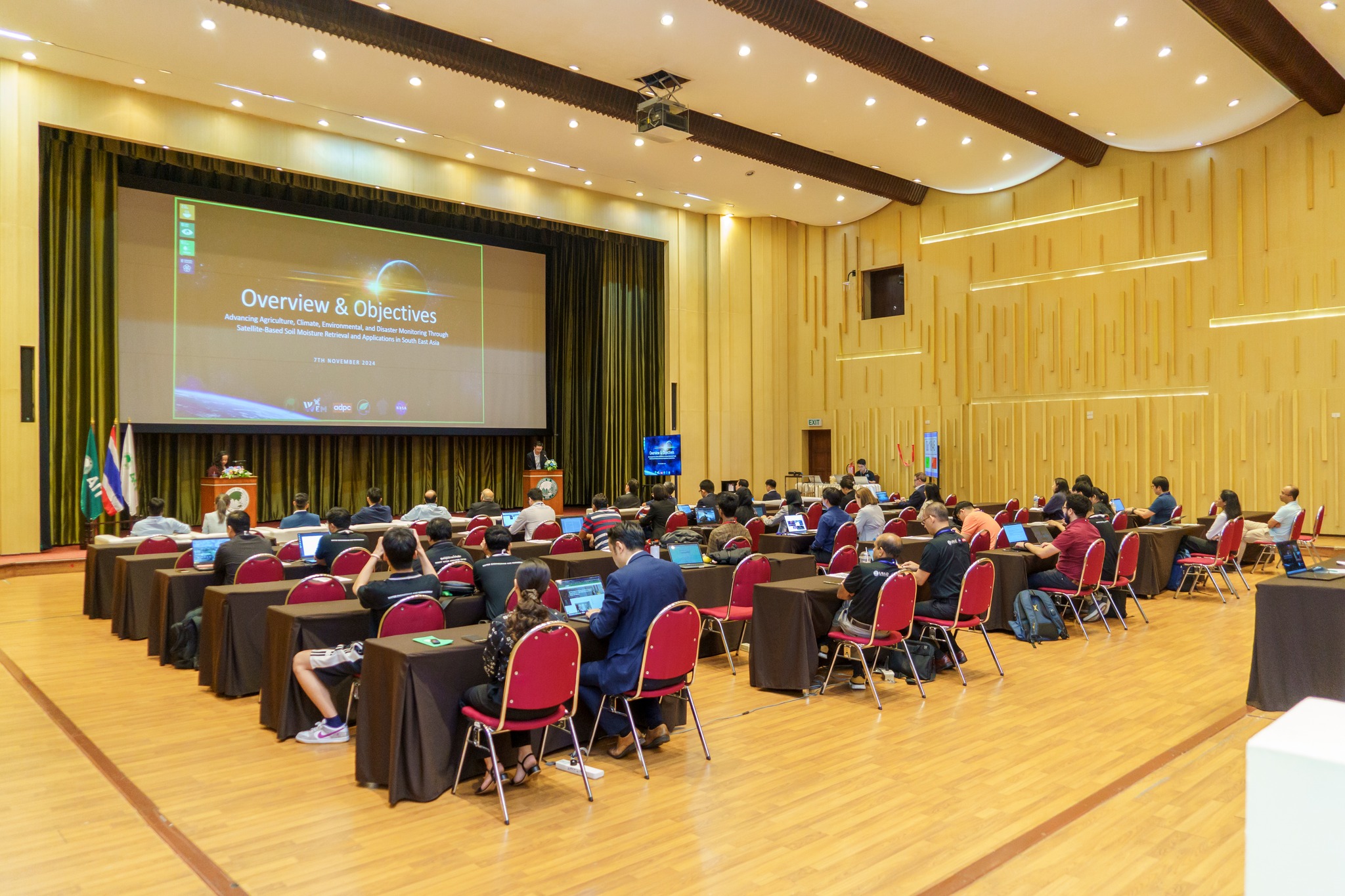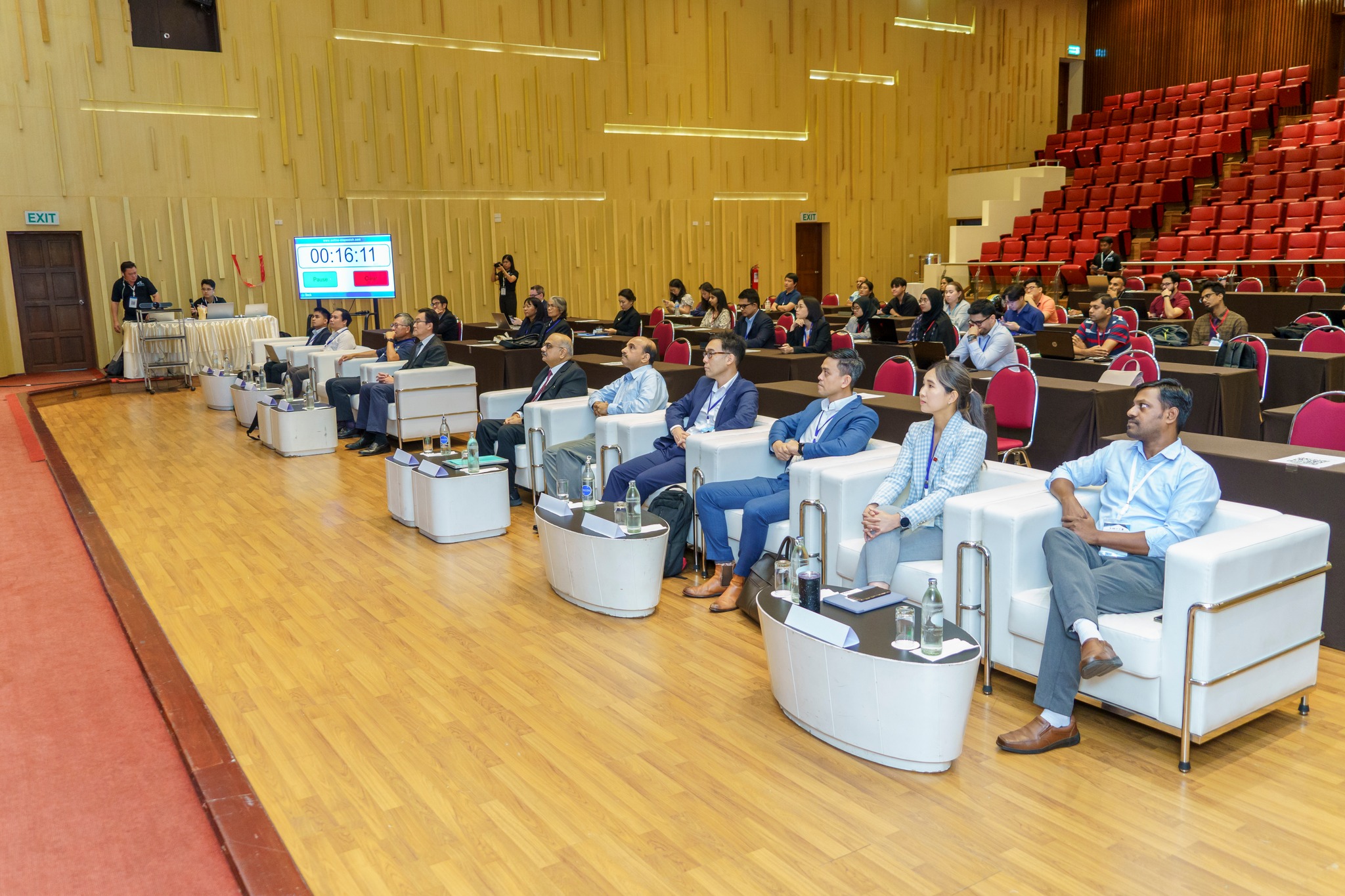Advancing Agriculture, Climate, Environmental, and Disaster Monitoring Through Satellite-Based Soil Moisture Retrieval and Applications in South East Asia
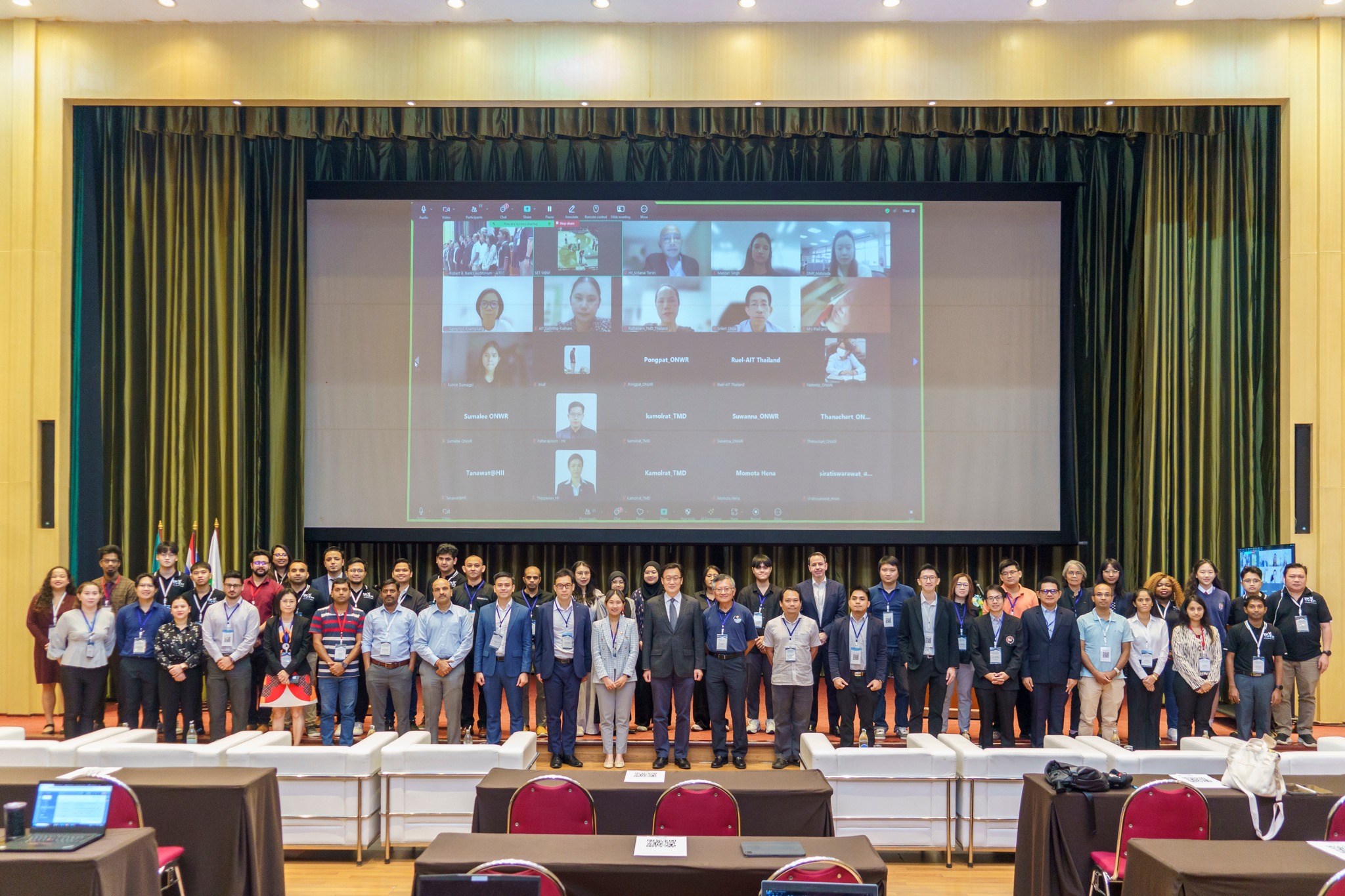
Soil moisture is a critical component of the Earth’s hydrological cycle, influencing climatepatterns, agricultural productivity, and the natural hazards such as floods and droughts. Traditional methods for measuring soil moisture, such as in-situ sensors, are limited in spatialcoverage and are often inadequate for regional or global-scale monitoring. Satellite-based remotesensing offers a promising solution by providing spatially continuous and temporally frequentmeasurements of soil moisture over large areas.
In South East Asia, where agriculture is a primary economic activity and the region is vulnerableto climate variability and disasters, the importance of accurate soil moisture information cannotbe overstated. However, the utilization of satellite-based soil moisture data in the region ishindered by challenges such as the lack of awareness among stakeholders, limited groundobservation networks for calibration and validation, and the need for tailored methodologies toaddress regional characteristics and land cover types. Therefore, there is an urgent need to bringtogether experts and stakeholders from diverse disciplines to discuss these challenges andexplore opportunities for enhancing the utilization of soil moisture data for societal benefits inSouth East Asia.
In this context, the Asian Institute of Technology (AIT), in collaboration with NASA, the Asian Disaster Preparedness Center (ADPC), the Hydro Informatics Institute (HII), and Kasetsart University, hosted a Hybrid Workshop on Satellite-Based Soil Moisture on November 7, 2024, from 08:30 – 17:00 hrs (UTC+07:00) at the AIT Conference Center (AITCC) in Pathumthani, Thailand.
The main aim of the workshop was to raise awareness among South East Asian stakeholdersabout the significance of satellite-based soil moisture data, its applications, and the necessity ofcalibration and validation efforts to improve data accuracy. The primary objective is to fostercollaboration among experts in soil moisture, remote sensing, GIS, climate science, agriculture,and data science to discuss methodologies for producing enhanced soil moisture information andaddressing the challenges associated with its use in the region. The event was attended by In-Person and Online participants from international agencies, national agencies, and academia.
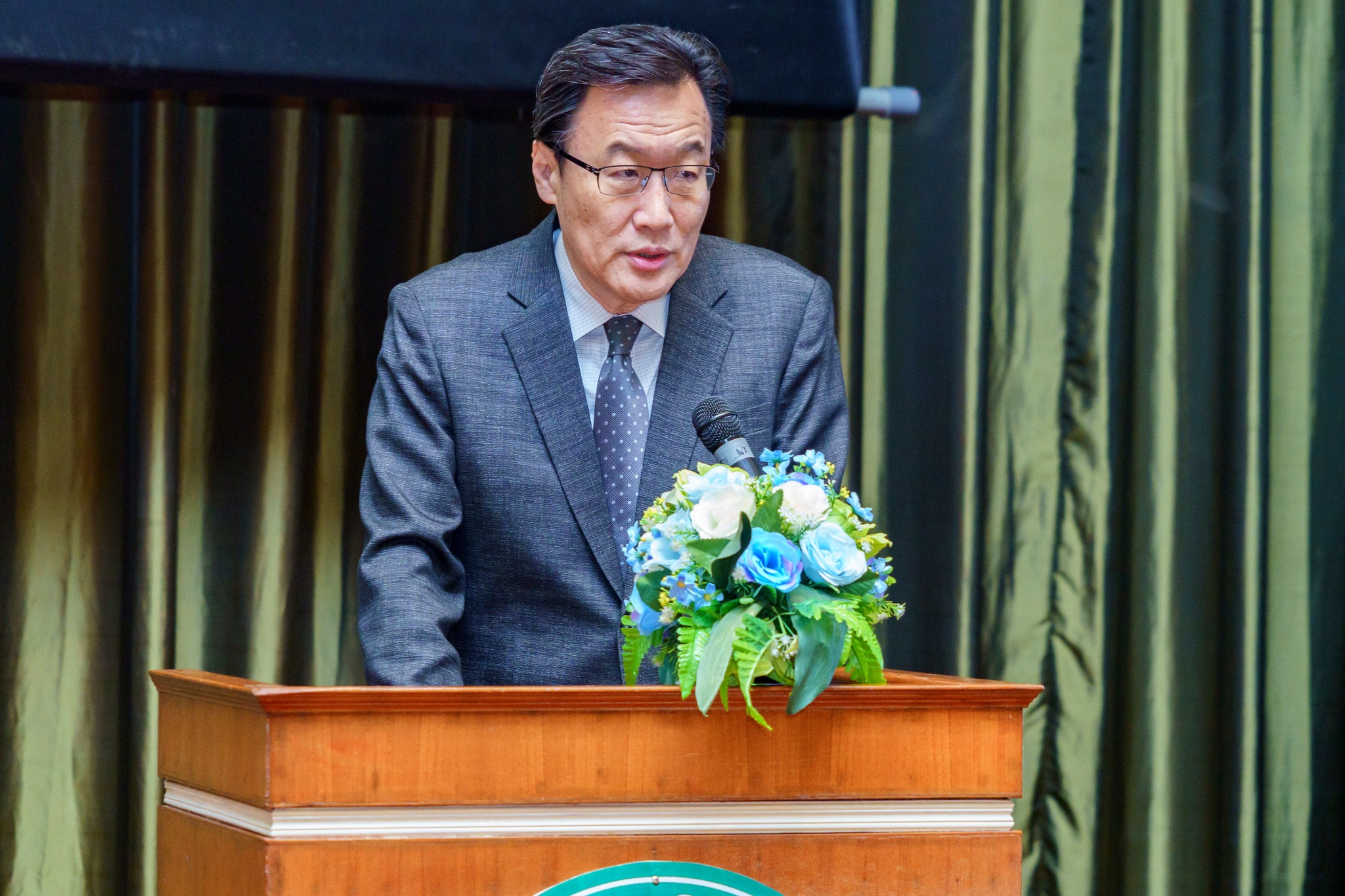
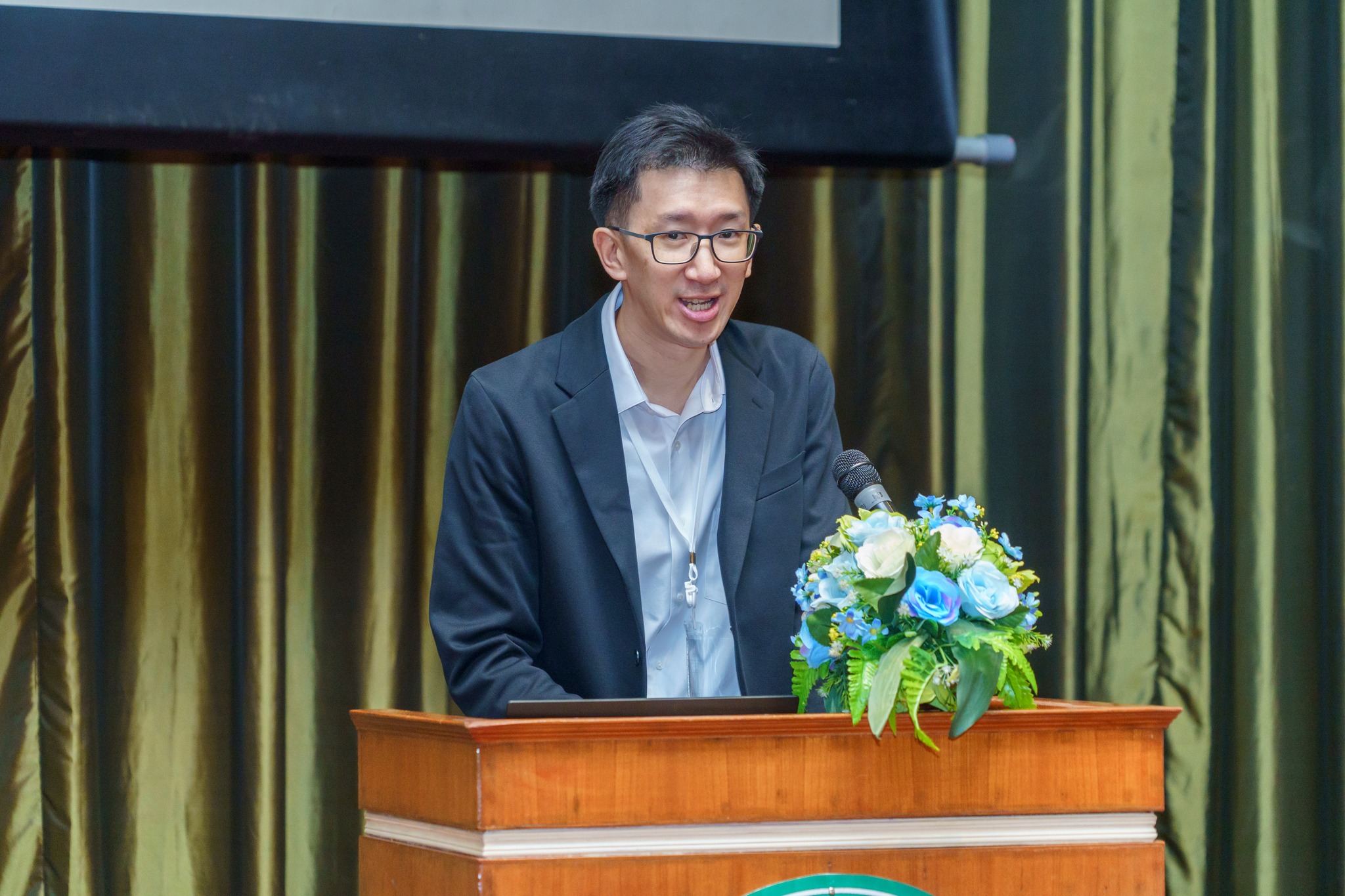
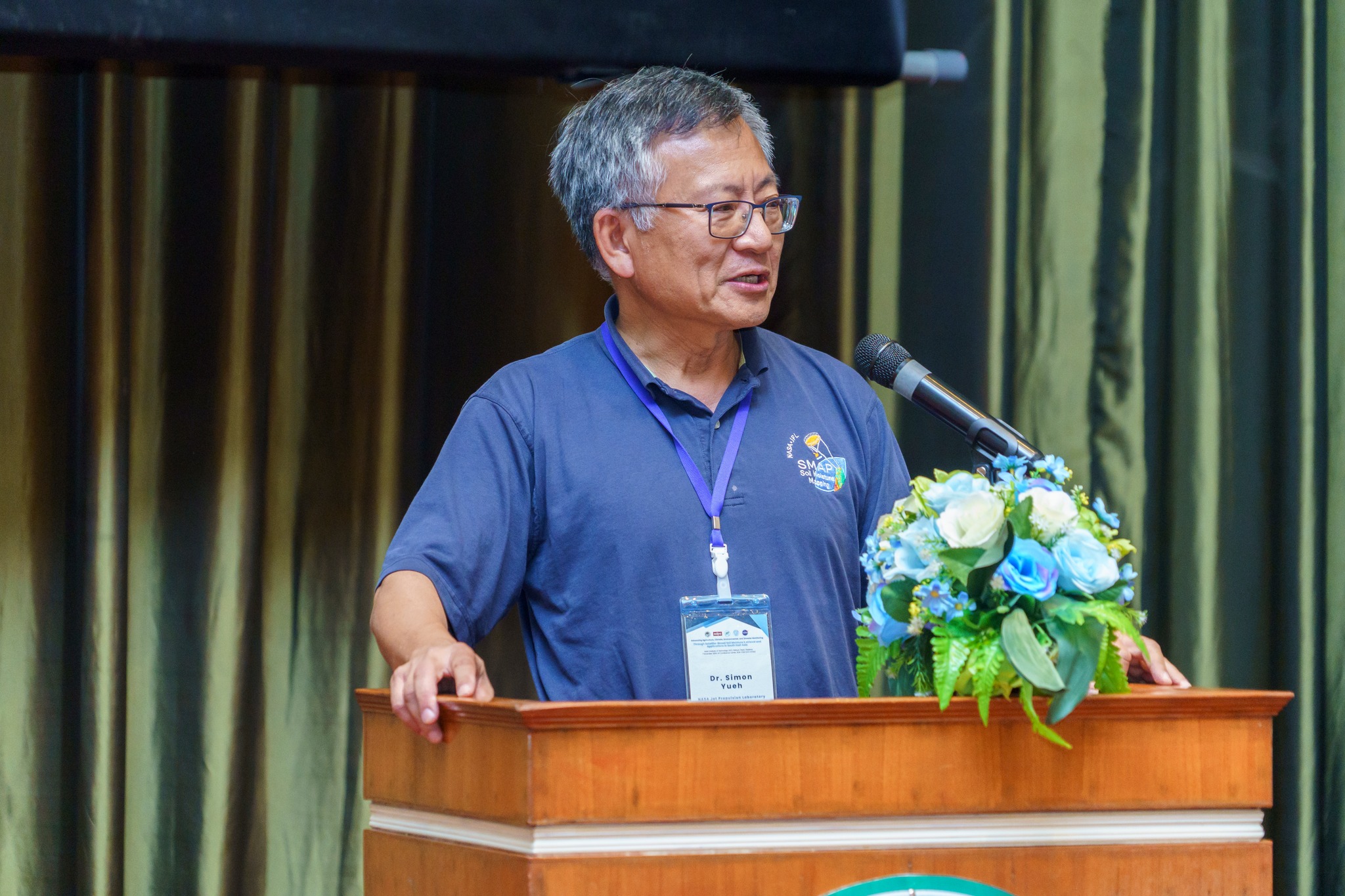
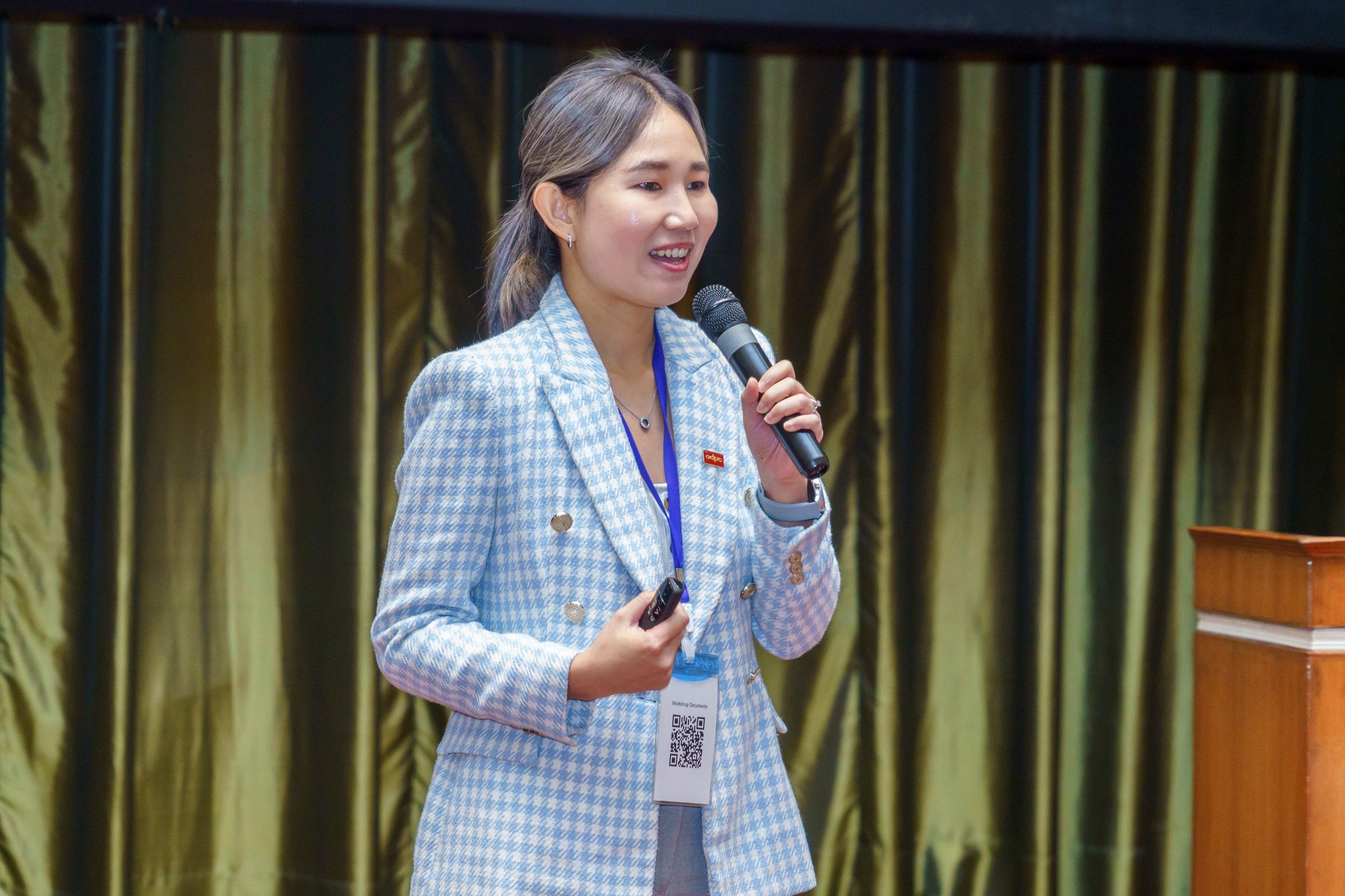
The workshop consisted of several presentations on key thematic areas and a panel discussionwhere expert speakers exchanged their insights on advocating satellite-based soil moisture inSouth East Asia. The AIT President, Prof. Pai-Chi Li inaugurated the workshop and deliveredthe welcome remarks. The key-note speeches were delivered by Dr. Simon Yueh from NASA JetPropulsion Laboratory (JPL), USA and Dr. Michael H. Cosh from the US Department ofAgriculture. Dr. Simon highlighted the importance of remote sensing technologies in soilmoisture acquisition to be utilized in agriculture, climate and hazards monitoring applications.Dr. Michael in his key note speech emphasized the need for the development of validationguidance for satellite soil moisture products and tailored network designs to meet stakeholderneeds.
During the panel discussion, expert speakers discussed the current state, challenges and way forward for satellite-based Soil moisture data in South East Asia in improving climate action, agriculture, and disaster preparedness across the region. Key recommendations included the improved regional collaboration, and the development of pilot studies to illustrate the value of satellite-based soil moisture data.
The proceedings of the workshop demonstrated the contribution of satellite-based soil moisturein achieving the targets and goals set in international frameworks such as the 2030 Agenda forSustainable Development and the Sendai Framework for Disaster Risk Reduction in the SouthEast Asian Region. For instance, Satellite-based Soil Moisture can contribute to achieve SDG2:Zero hunger, SDG6: Clean Water & Sanitation and SDG13: Climate Actions. The workshopconcluded with a call for awareness raising, collaboration, and the establishment of a communityof practice to enhance soil moisture monitoring efforts across South East Asia.

